Hyena Information
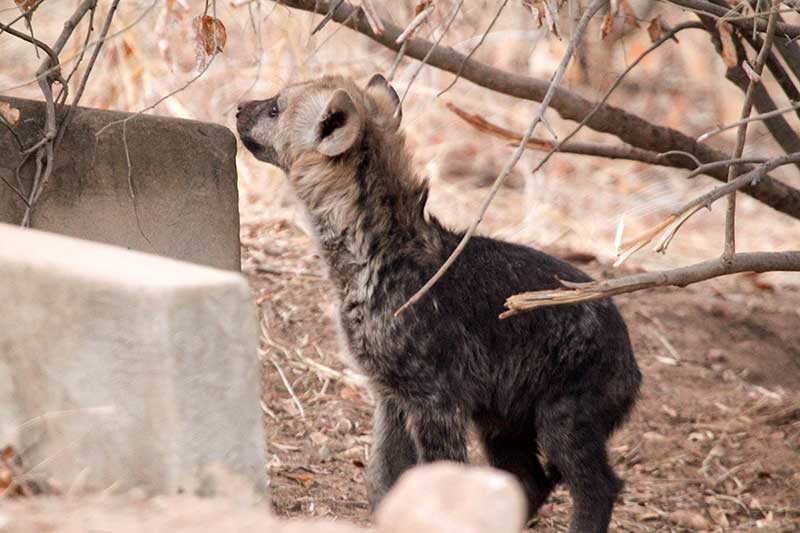
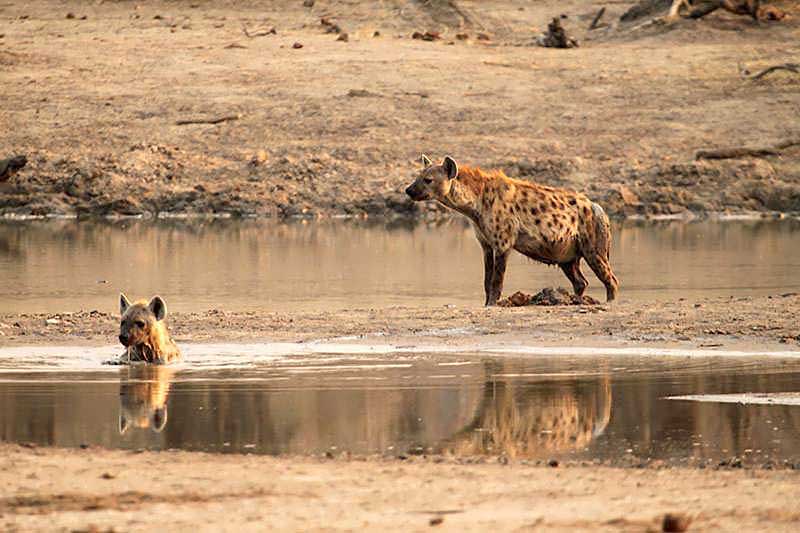
Spotted hyenas are the predominant species of Africa with Brown Hyena being found in the desert & Kalahari sandveld.
Hyena’s are neither cats or dogs; in fact they have their own family name which is Hyaenidae.
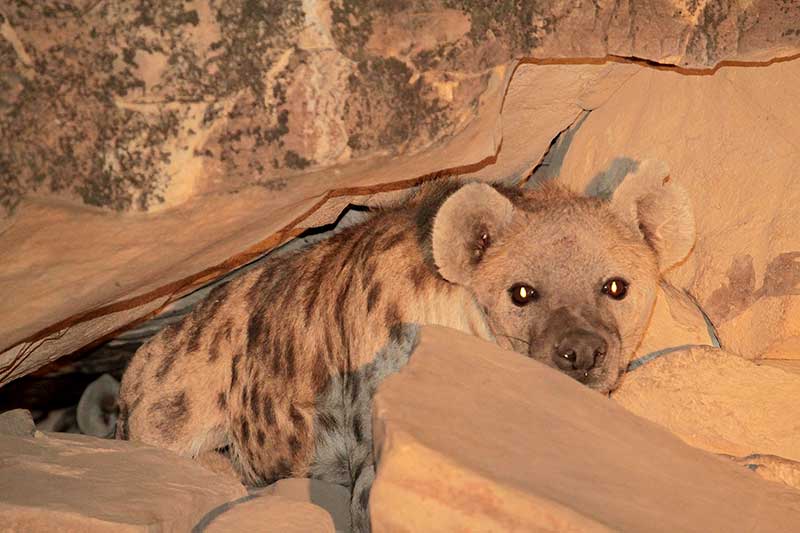
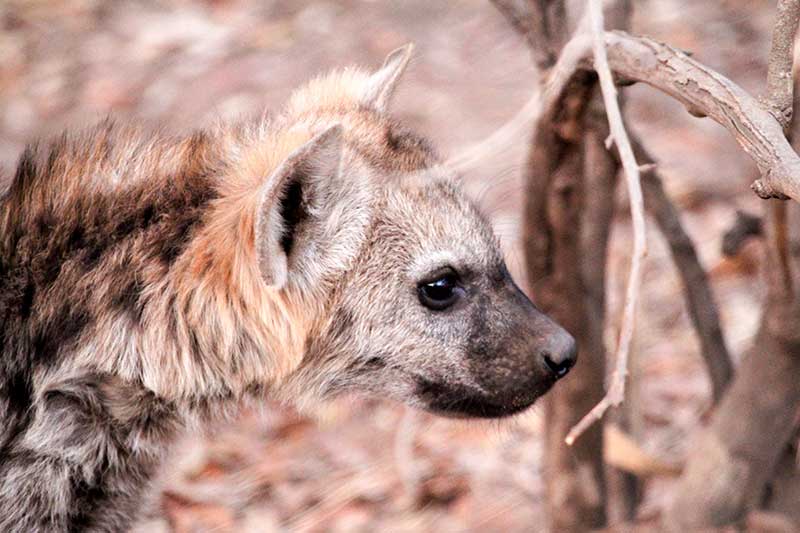
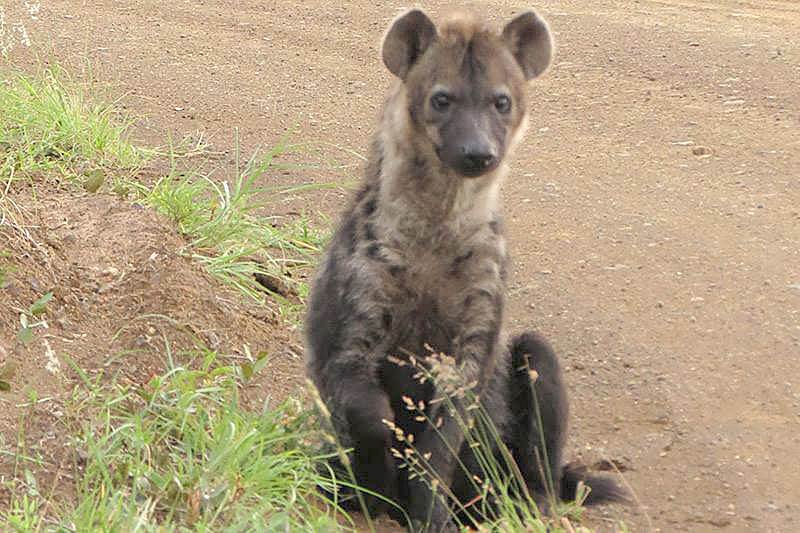
Listen to the sounds of the African bush at night.
Can you hear the hyena “laugh”.
Iconic in its own right, it signals excitement that they will feast tonight.
General info on Hyenas
Life expectancy of the spotted hyena is up to 40 years. Hyenas can travel 40 kms in a night and 70 kms over two nights. The jaws and stomach of the spotted hyaena are so strong that it can devour the whole carcass of a medium sized antelope — bones, hoofs, horns and hide.
Heavily built forequarters stand higher than the rump. The hyena has a large head with large rounded ears and black muzzle. Its body colour is normally fawn yellow to grey fawn with dark brown spots. They have a short erect mane which runs along the neck and shoulders
The myth that spotted hyenas are hermaphrodites came about as a result of the females external genitalia – she has an erectile clitoris which is as large as the male’s penis and a false scrotum filled with fat.
Behaviour of Hyenas
Creatures of open woodland, savannah or semi desert. They find carcasses by scent, by listening for the noises of other predators and also by watching vultures.
Hyenas are excellent hunters – achieving a 75% kill rate from their own kills.
Active mainly at dusk and night, they sleep in burrows or tall grass and enjoy mutual licking and grooming. Hyenas also have a wide repertoire of vocal sounds. From a cubs whine when begging for food, to high pitched yells when bitten to giggles when chased from a kill.
The male spotted hyena has his entire penis freely suspended and the female’s external genitalia so closely resemble those of the male that the two sexes are difficult to distinguish in the wild, but they are not Hermaphrodites
